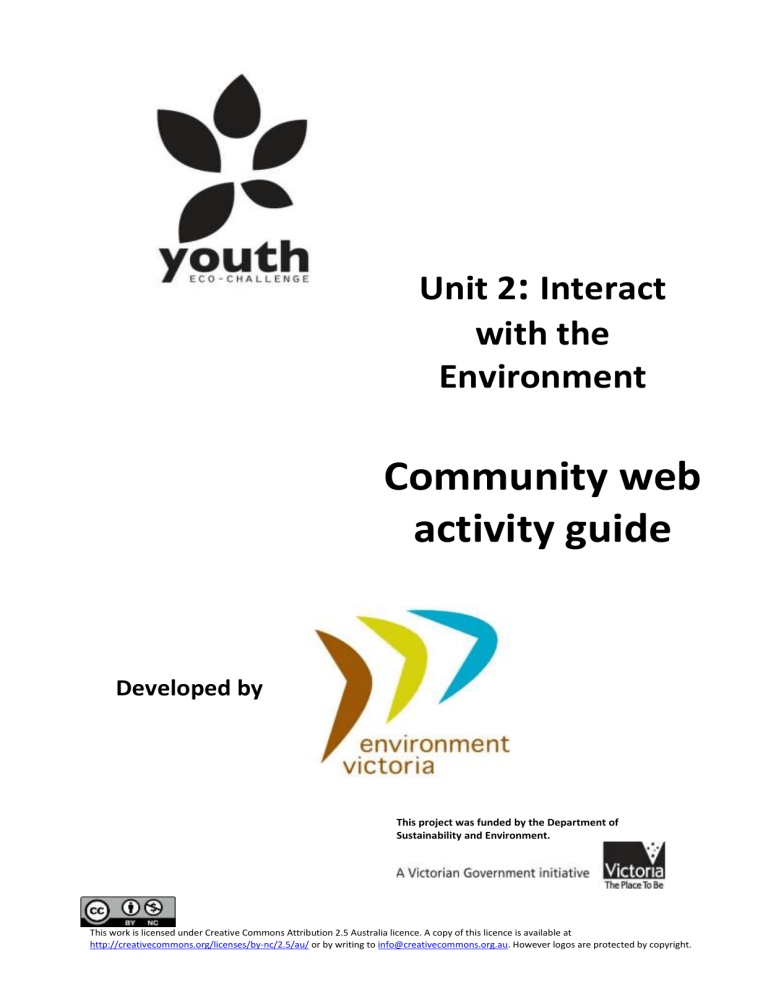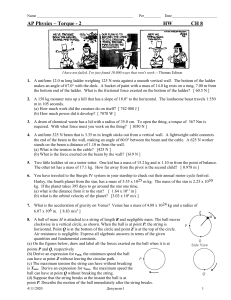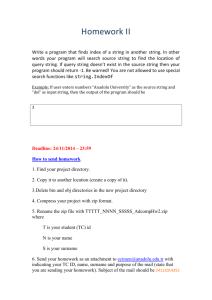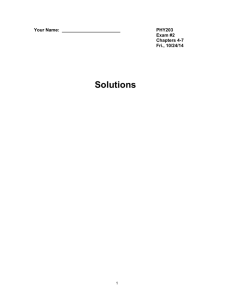Community web activity guide

Developed by
Unit 2 : Interact with the
Environment
Community web activity guide
This project was funded by the Department of
Sustainability and Environment.
This work is licensed under Creative Commons Attribution 2.5 Australia licence. A copy of this licence is available at http://creativecommons.org/licenses/by-nc/2.5/au/ or by writing to info@creativecommons.org.au
Page 1 of 4
Unit 2: Interact with the Environment
Community web activity guide
Time required:
10 minutes
Aim
To demonstrate how each of us is interconnected within our community.
Outcome
By the end of the activity students will be able to:
describe “interdependence” as it relates to ecosystems, family and community and social change.
Resources
Ball of string
Activity description
1. Assemble the group in a clear space and create a circle. Each student should be an arm’s width apart.
2. One person starts with the ball of string and throws, rolls or passes the ball while holding onto the end. The person receiving the ball then holds onto the string so that there is a light tension between them and the person who passed the ball to them.
They then pass the ball onto the next person. They cannot pass it to someone directly next to them.
3. The ball can be passed back to people who have already received it but it must go to everyone in the group. If someone receives it a second time they cannot pass it to the same person they did as last time. It can not be received a third time. Ensure that each time the string is passed on, the person takes sufficient string to keep their place in the circle. N.B. It is important that the string is tight and not sagging.
4. When everyone has received the ball a “spider’s web” will have formed, connecting different people in the circle. Keep the string taught and flick or twang one section of the string.
Questions for the group:
Ask the group who felt the twanging. Ask students to rate the strength of the twang they felt, as small, medium or large.
Ask one or two students to flick the string at the same time.
Ask students to rate the strength of the twang they felt as small, medium or large.
Ask everyone to do pull the string at once. What do they notice?
Page 2 of 4
How does this activity symbolise how our personal actions affect others?
What are some examples of actions which affect others? E.g. Drink driving.
How does this relate to the food chain and the web of life? What are some examples?
How can it demonstrate the potential power of the eco-challenge to create change in the community?
Processing the experience
People directly connected to that part of the web will feel it more than those further isolated from that strand of string when one or a few people flick the string.
However, despite not being directly connected people still feel the impact. The more people who flick, the greater the number of people directly impacted and the greater the result.
Remember that this impact can be for good as well as for the not so good. You can use this for a metaphor for all types of life experiences.
In the context of the environment it can represent the web of life. The flick or twang can be the start of the food chain with it feeding those closest but having flow on which affects others. It can be environmental impacts such as extinction and how this could affect the food chain. Or it could represent what happens to toxic waste when it is dumped. Those closest die or are badly effect while those less related suffer weaker effects. Or it could represent rainfall, which helps plants to grow and has effects on animal communities that depend on those plants.
It can also represent our communities and families and how our own personal actions can affect others. Our actions can affect people directly but also indirectly.
There are lots of examples you could use, such as the effects of drink driving or using drugs. Our action might only impact directly on a small number, but this can flow on to many people (for example if someone is injured or killed in a drink driving accident).
In the context of the eco-challenge, it can be used to demonstrate the power of a small group of people doing small things which create a big effect. You can relate this to small actions like reducing water and energy use or reducing waste, which might get others to do the same. They then get others to take these actions too.
Student Roles and Responsibilities
Participate in agreed tasks
Contribute to class discussions
Work cooperatively with others
Seek teacher assistance and support when needed
Page 3 of 4
Level of Teacher Support
Facilitate discussion
Organise materials and equipment
Provide encouragement
Introduce tasks and activities
Provide assistance when requested
Assessment
To use this learning activity as an assessment task, collect evidence such as:
Teacher checklist and observation
Teacher checklist for class discussions
Page 4 of 4










